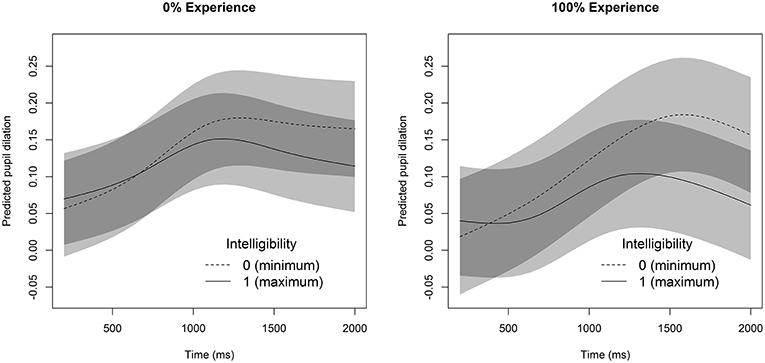
Some of these tests that the doctor will do are such as CT scans, eye exams, and MRIs, among others. After reporting such signs to the doctor, they will study your optical history and do other tests to identify anisocoria’s reasons. This is especially if the child seems to have other conditions such as eye pain, poor vision, stiff neck, and headache. It is important to consult your doctor as soon as you realize the unequally sized pupils in your baby’s eye. How Do Doctors Identify the Cause of Anisocoria? Other conditions are such as meningitis, brain tumor, inflammation of the optical nerve, and seizures may also cause anisocoria. Common causes that may result in anisocoria are such as bleeding in the skull or direct trauma in the eye. When Anisocoria develops later after birth, the doctor will diagnose the baby to identify other underlying conditions causing anisocoria. In this case, the condition is either temporary or permanent. On the other hand, your baby may not have been born with unequal pupils, but they developed the condition with time. However, if there are other accompanying complications like drooping eyelids among others during birth, ensure that you see a doctor. Your baby will still have normal eyesight. If the eyes do not seem to have any other condition, then the unequal pupils should not worry you. In this case, you are likely to find another family member with the same condition. If the condition was present during birth, it might be genetic. Causes of AnisocoriaĪnisocoria is a condition that your baby is born with or that they develop it later in life. However, the pupils may be unequal in some cases, but the baby still has normal vision and no underlying medical condition. The abnormal pupil may fail to respond to light or have problems with sight.


The unequal pupils mean that one pupil is bigger or smaller than the average size. In a gist, Anisocoria is the condition of unequal pupils. Below is more information on why your baby’s pupils may be of different sizes and when you should seek medical help. The condition of unequal pupil sizes is called Anisocoria.Īnisocoria is not a disease on its own but a sign of other underlying eye problems. These pupils may scare you, and you wonder which one of the pupils is abnormal. One of these unusual features that you may realize is such as having pupils of different sizes. As you look into your baby’s eyes, you may realize any unusual feature present in the eyes. Your little one’s eyes are among the body parts that you cannot get enough of.


 0 kommentar(er)
0 kommentar(er)
